Chinese New Year is commonly known a Spring Festival. For Chinese, those in China and in ethnic communities around the world, the lunar new year is the most important and most festive holiday of the year. Chinese families from near and far would travel and to be with loved ones to end the old year and welcome the new.
For many thousands of years, the Chinese communities all over the world would celebrate the New Year. Although they may vary from region to region, country to country, and even from family to family, many of the customs are still observed and practised.
Even though I was already the fifth or sixth generation of Chinese descendants in Malaysia, we still observed the rituals. Here are some examples of the rituals that we practicsed in Malaysia:
We still cook up a storm for New Year
Preparations of the festive season begin well in advance of the actual dates, sometimes 2-3 months prior. Due to work and schooling, we only had the weekends to make Chinese New Year cookies.
My mum still makes about 5-8 types of sweets, ranging from kuih bangkit, butter cookies, groundnut cookies, suji cakes etc. to serve on New Year’s Day. In our family, we serve the sweets and cookies for our guests and relatives who visit; however, for some families they serve the good luck food such as dates, peanuts, and dried longans.
New Year’s Eve dinner
On New Year’s Eve, we have steamed boat (In hokkien, we called it “jen-lor”). It is our New Year’s Eve reunion dinner – where the immediate families will travel back home to enjoy the meal as one family.
There will be sumptuous feasts with pre-marinated meat, seafood, and vegetables cooked in steamed boat. It is about family members sharing a hot pot of simmering soup while adding all the raw ingredients in it. The aim is to allow members to share, interact, communicate and enjoying each other’s company, while enjoying the array of food in front of them.
This is perhaps the most luxurious meal of the year for some families.
Spring cleaning
There will be massive spring cleaning, where we have to dust everything in the house from top till bottom. In a way, it is to “wash” and “cleanse” away all the misfortune from the past year and have a fresh start in the new year.
Also this is an opportunity to really take stock of what we have in the home, and an opportunity to clean and dust them. This also means clearing the stagnant energies of areas that have not been used for a while, especially those dark corners of the home and where heavy pieces of furniture have hardly moved. Windows will be washed and cleaned; new curtains will be hung.
On New Year’s Day, we are not allowed to clean or sweep the house, and the brooms, mop and pails have to be kept outside so that we do not “sweep” away the good luck of the new year.
Everything new and red
As a young child, I loved this new and red mix, like the best part of the year. This is the time where we have the opportunity to purchase new sets of clothing, shoes etc. However, the condition is they have to be red or in a bright and happy colour.
That is why you tend to see more red colours during Chinese New Year.
Seek out elderly relatives, and pay respect
Friends and relatives use this opportunity to seek out old friends and distanced relatives whom they may not have seen for a while. We will bring fruit or cakes to them prior to the actual new year. I believe it is an opportunity to reconnect, clear out any misunderstandings or ill feelings, and start a fresh in the New Year.
On New Years’ day, it is a custom for the younger generations to visit and pay respect to the elderly relatives. It gives the younger generation the opportunity to reconnect with distanced relatives who they may not have met during the year.
When a younger person wishes the elderly a happy new year, the elder relatives (married ones) will in return wish the younger relative/s good times with encouraging words.
Enjoy the festivities and share with us your New Year/traditional rituals.



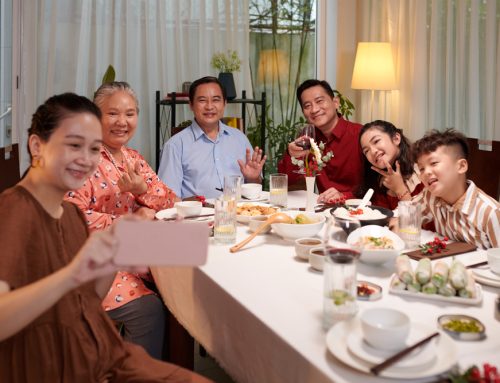
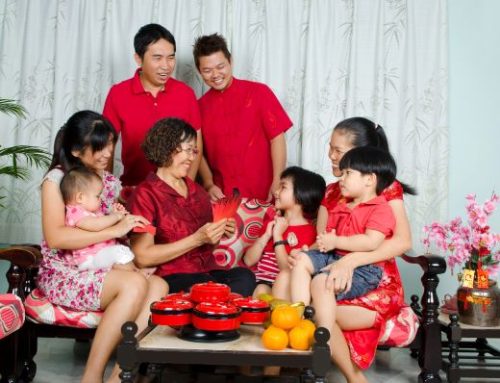
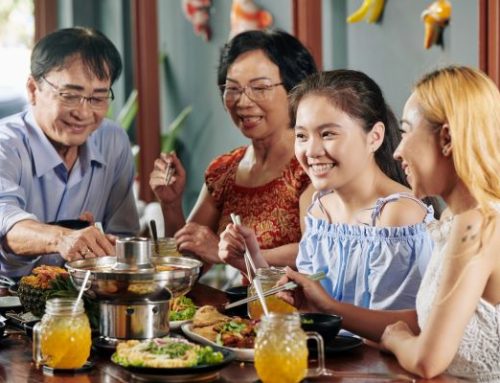
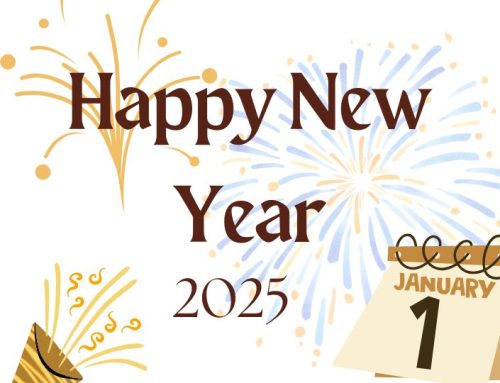
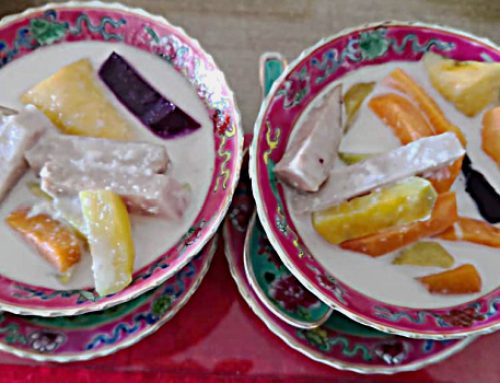
Leave A Comment